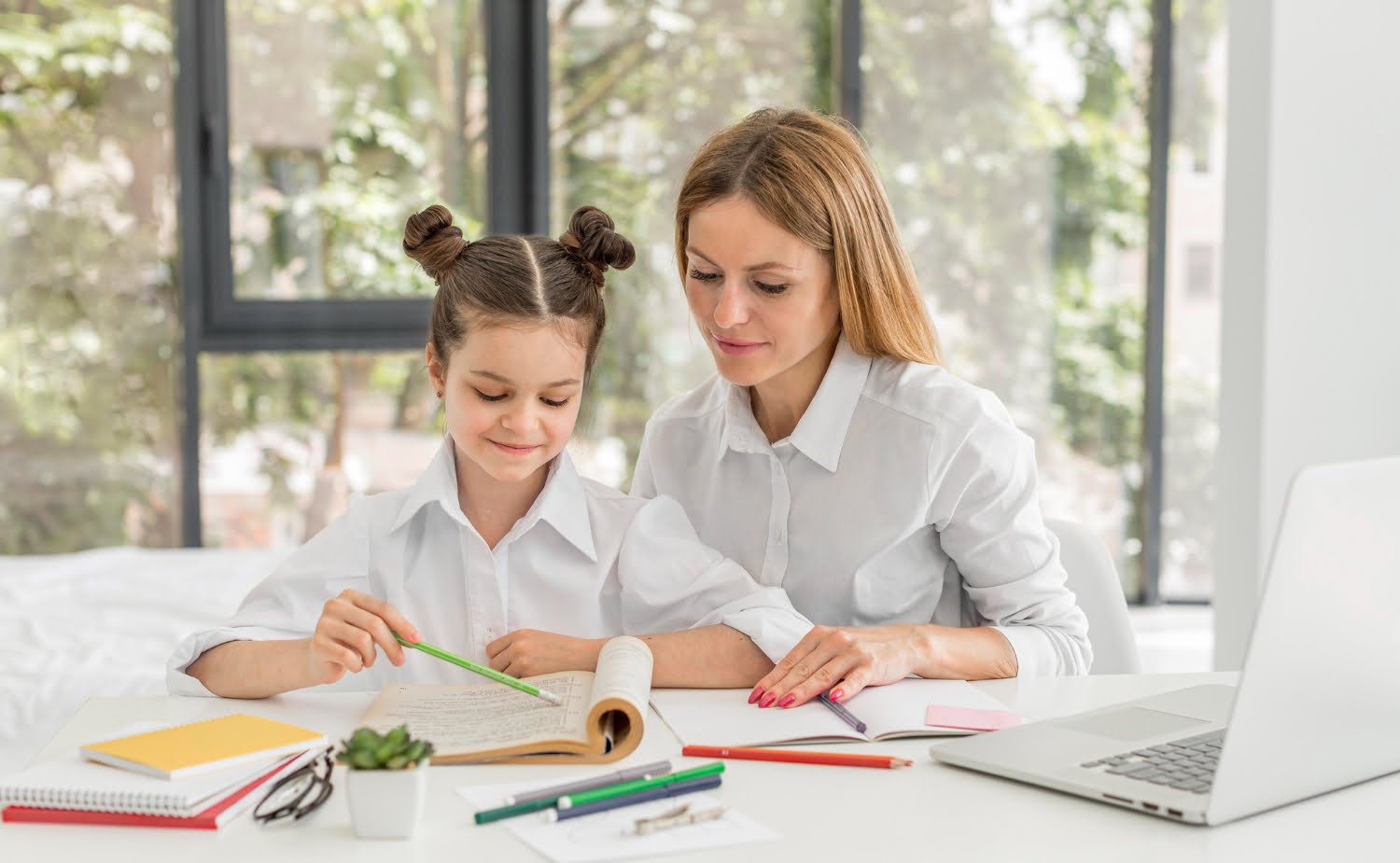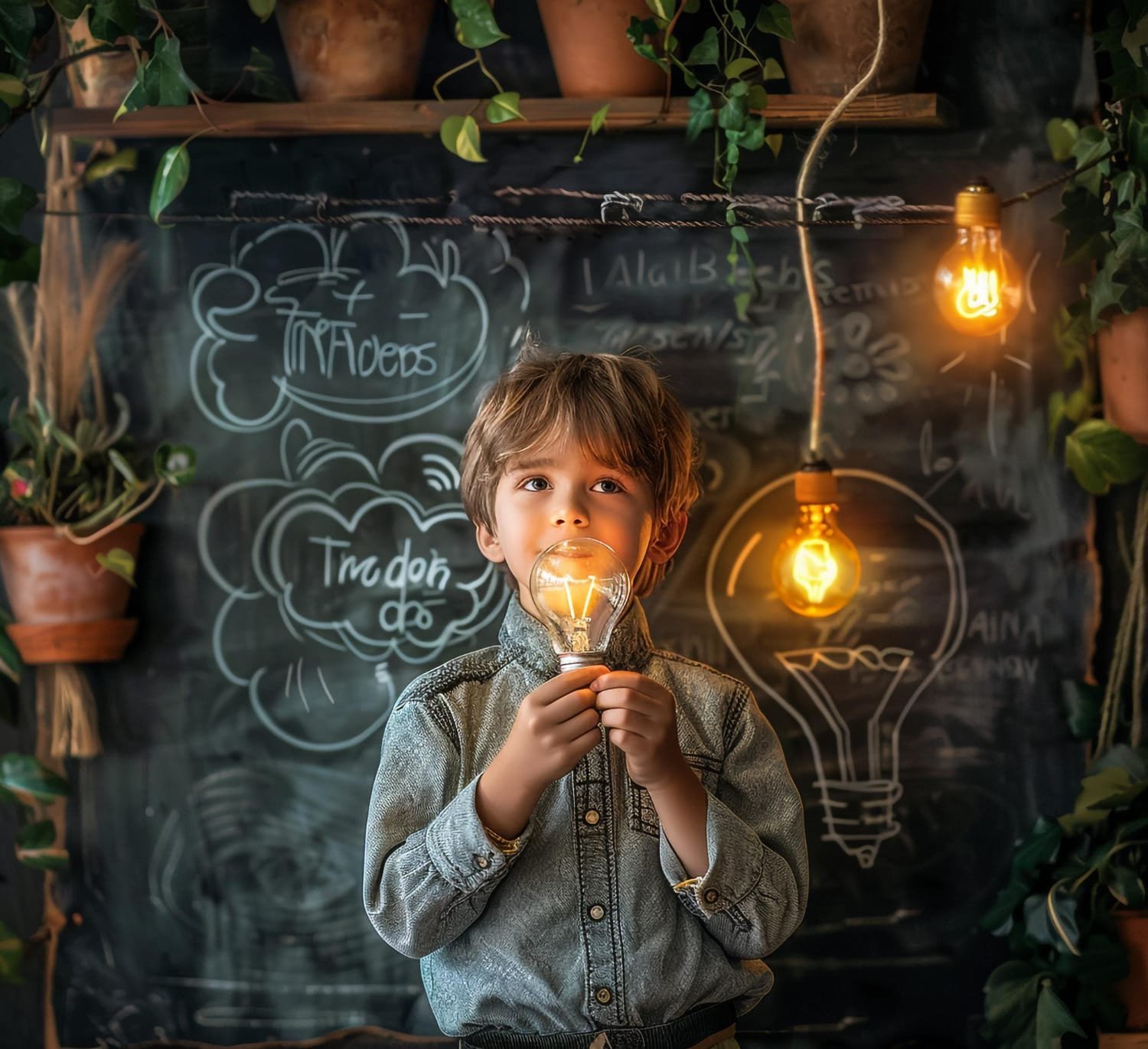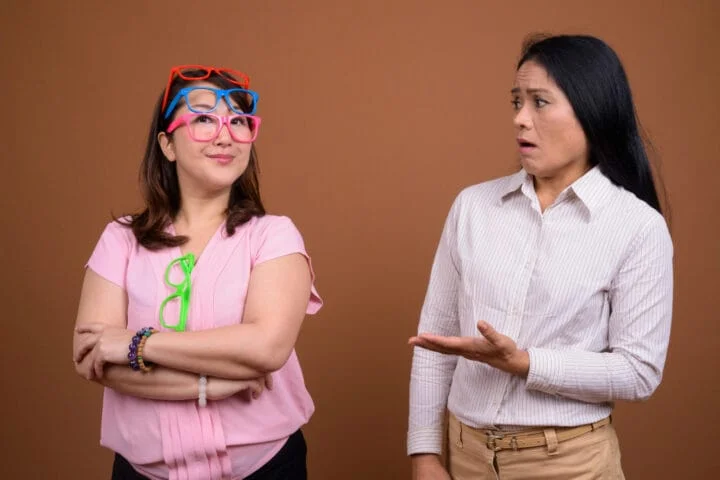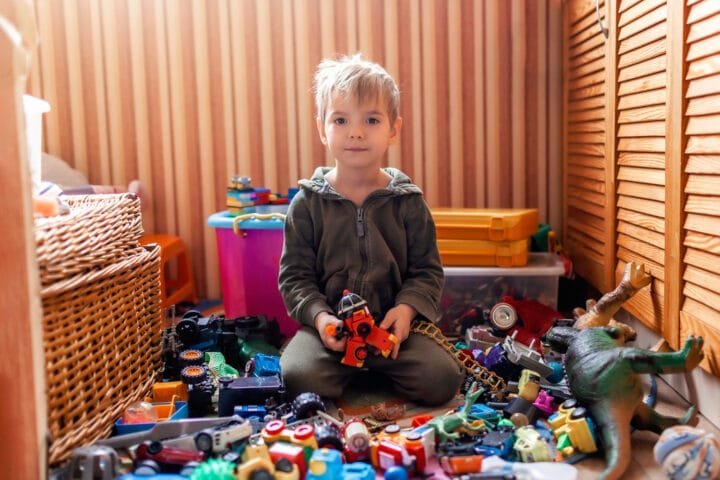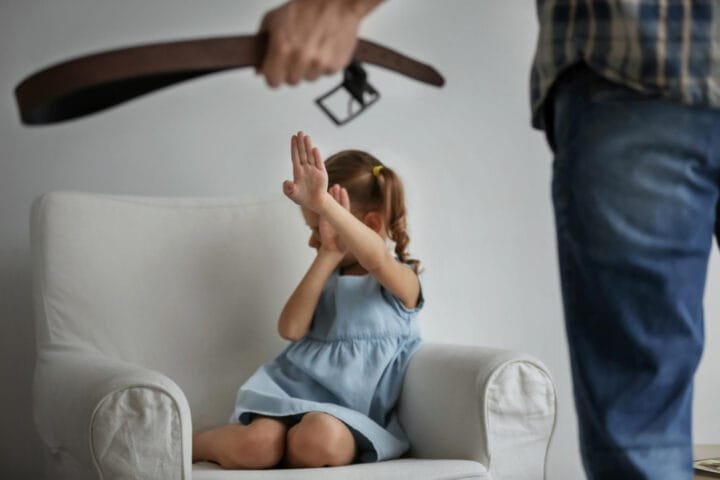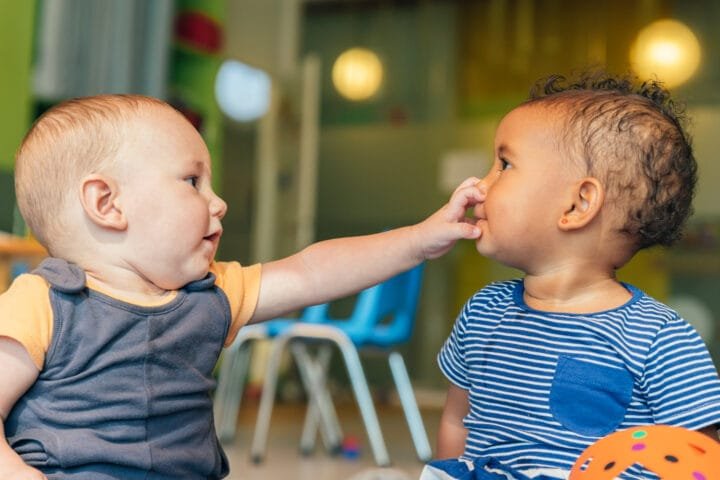Montessori vs. Traditional Schooling: Which is RIGHT for YOUR Child?
Do you ever feel that traditional schooling squashes children’s natural curiosity? Are they forced into boxes instead of blossoming in gardens? That’s where Montessori education stands out! It’s not just a new way to learn; it’s a whole new world of discovery. Imagine a classroom filled with activities where kids can learn by doing, exploring, and following their path. Ready to learn? Let’s take a closer look at this unique approach!
Unveiling the Montessori Mystique
What is Montessori Education?
It was developed in the early 20th century by Dr. Maria Montessori, an Italian physician whose unique perspective revolutionized education. Creating an environment where children could explore freely and independently would foster their natural love of learning. Using Montessori methods, children learn through hands-on activities, individualization, and respect for their natural development. The goal is to ignite their inner spark. With the right environment, children can blossom into confident, capable, and self-directed individuals. This approach recognizes that children have an innate desire to learn.
Who was Maria Montessori?
As one of the first female physicians in Italy, Montessori brought a unique perspective to education. She started her career working with disabled children in the slums of Rome. She was able to observe the children and realized they were not intellectually impaired but rather lacked the appropriate environment and stimulation to thrive. As a result of this realization, she developed a groundbreaking method based on sensory learning and individual instruction. In a matter of minutes, Montessori schools flourished worldwide, impacting millions of children. Based on scientific observation and a deep respect for children, her methods quickly gained recognition and spread like wildfire.
The Montessori Approach for Children
What do children do in Montessori?
The Montessori classroom is a vibrant hub of activity, where children are not simply sitting at desks but are actively engaged in a variety of activities. Some might be busy pouring water from a pitcher to a glass, buttoning shirts, or even preparing a healthy snack.
These activities, seemingly mundane, are actually empowering moments that facilitate the development of hand-eye coordination, fine motor skills, and thinking skills. Children are active participants in their education in this dynamic learning environment, feeling a sense of empowerment in their growth and development.
In another corner, children might be immersed in language development, tracing sandpaper letters to learn phonetic sounds, reading captivating stories, or expressing themselves through creative writing. Incorporating beads, number rods, and geometric shapes into math and geometry makes abstract concepts more concrete and engaging. They also study the world around them through cultural studies, including geography, history, and science, learning about different cultures, landforms, animals, and natural wonders. Children are active participants in their education in this dynamic learning environment!
What are the 5 Montessori methods?
Montessori education is built on five key pillars, each carefully designed to nurture holistic development:
- Practical Life: A variety of everyday tasks are included in these activities, such as pouring, spooning, buttoning, and tying. Even though they might seem mundane, they facilitate the development of hand-eye coordination, fine motor skills, and thinking skills. The practical life activities also help children develop a sense of order and responsibility. Think about a young child setting the table for their family or carefully washing the dishes. These are empowering moments.
- Sensory: Children engage their senses through specially designed materials that isolate qualities like colour, size, shape, and texture. In addition to refining their perception and developing cognitive skills, this also builds a solid foundation for later academic success. Using a pink tower, for example, or wooden cubes increasing in size, they can learn to discriminate dimensions visually. They could also explore a set of fabric swatches, feeling the different textures and expanding their tactile vocabulary.
- Language: Reading and writing are introduced naturally and engagingly, capturing a child’s innate curiosity about language. By tracing sandpaper letters with their fingers, students begin to connect phonetic sounds to symbols. Through storytelling, poetry, and creative writing, they are encouraged to express themselves, fostering a love of language and communication.
- Mathematics: With the use of materials like beads, rods, and counters, abstract concepts become tangible, and children are able to develop a strong foundation in mathematics. With the golden beads, children are able to manipulate tens, hundreds, and thousands of units physically, providing a concrete understanding of the decimal system. This hands-on approach makes math fun and accessible.
- Cultural: Science, geography, and history help children learn about the world around them. They learn about different cultures, landforms, animals, and the wonders of nature. As a result, they expand their knowledge, cultivate a sense of wonder, and foster a global perspective. They study continents using puzzle maps, learn about historical timelines, or conduct simple science experiments.
What is the main concept of Montessori?
As a whole, Montessori education promotes self-directed learning. Moreover, children can choose their own activities as well as learn at their own pace in this environment. Teachers act as guides and observers, encouraging independence as well as fostering a love for learning. In order for children to thrive, they must be given an environment that is carefully designed with age-appropriate materials that are aesthetically pleasing and invite exploration. It is the teacher’s role to observe, guide, and facilitate the child’s natural learning process, not to dictate.
Montessori vs. Traditional Education: A Comparative Analysis
How is Montessori different from a regular school?
In Montessori classrooms, you won’t find rows of desks or a lecturer at the front. Instead, children work independently or in small groups, selecting activities that interest them. It’s a world of difference, and it’s all about fostering a passion for learning that’s truly inspiring. The learning environment is child-centred, with materials easily accessible and the freedom to move around. This environment fosters a joy of learning that is truly exciting for both children and parents.
What is the difference between Montessori and traditional education?
Traditionally, education is based on standardized curriculums that emphasize memorization and rote learning. In contrast, Montessori education emphasizes hands-on learning and individualized instruction, ensuring that each child’s unique needs are met. It’s a more holistic approach to education that instils confidence in the educational journey. Assessment in Montessori is based on observation and portfolios rather than standardized tests, providing a more comprehensive view of a child’s progress.
What is the difference between a Montessori and a nursery?
In contrast to nurseries, Montessori programs offer a structured learning environment. They include educational materials and activities that aim to stimulate a child’s development in all areas. You can think of this as a bridge between childcare and traditional education.
Montessori Education Benefits and Challenges
Is Montessori good for kids?
It is a fact that Montessori education has been shown to impact children’s development positively. It fosters independence, self-reliance, and a love of learning. Children develop strong problem-solving abilities, critical thinking abilities, and a sense of responsibility. It’s a wise investment for their future!
What are the pros and cons of the Montessori method?
Like any educational approach, Montessori has its pros and cons.
Pros:
- Fosters independence and self-reliance.
- Promotes learning.
- Encourages creativity and problem-solving.
- Develop strong social skills in mixed-age classrooms.
- Provides individualized learning experiences.
Cons:
- It can be expensive.
- It may require more parental involvement.
- Transitioning to traditional schools can be challenging.
- Limited competitive opportunities.
Why is Montessori not for everyone?
A Montessori education may not be suitable for every child or family. It is important to consider your child’s individual needs and learning styles when selecting a school. Some children prefer a structured environment with direct instruction. Others may prefer a traditional classroom setting that emphasizes competition and grades.
Addressing Specific Concerns and Applications
Is Montessori better than kindergarten?
The Montessori method offers a more individualized learning experience that emphasizes hands-on activities. Kindergarten, on the other hand, may provide a structured environment that focuses on social interaction and preparing your child for first grade. Based on your family’s preferences and needs, you should make the best choice.
What age is Montessori for?
There are different levels of Montessori education for children of all ages.
- Infant (0-3 years): Focuses on sensory exploration and motor development.
- Primary (3-6 years): Introduces practical life activities, sensorial materials, and early literacy and numeracy skills.
- Elementary (6-12 years): Expands on academic subjects and cultural studies and fosters critical thinking and research skills.
- Adolescence (12-18 years): Emphasizes community involvement, entrepreneurship, and preparation for higher education.
Is Montessori good for ADHD?
Children with ADHD can benefit greatly from Montessori education. They can develop focus and concentration in a structured environment with an emphasis on self-regulation. The freedom of movement, hands-on activities, and individualized learning plans can cater to their unique learning styles and needs. Montessori classrooms allow children to move freely, which is beneficial for children with ADHD who find it difficult to sit still for long periods. Further, the individualized nature of the curriculum enables children to work at their own pace and focus on activities they find interesting, which can help them pay attention longer.
Is Montessori good for autism?
Montessori can also provide a supportive environment for children with autism. Its predictable routines, visual learning materials, and sensory-rich environment can assist children in feeling secure and engaged. Teachers can tailor activities to each child’s strengths and needs through the individualized approach. It can be particularly helpful for children with autism to use visual schedules and clear boundaries because they thrive on routine and predictability. The emphasis on sensory exploration can also be beneficial for children with sensory processing differences.
Does Montessori teach children to do better with their siblings?
It is common for Montessori classrooms to have mixed-age groups, which can strengthen sibling relationships. Through interacting with children of different ages, they develop empathy and social skills. Children learn to cooperate, share, and respect others. A mixed-age environment can be particularly beneficial for siblings, who can support and learn from one another. Several studies have shown that children in Montessori schools tend to have better social skills and fewer conflicts with their siblings.
Looking Ahead: The Future of Montessori Education
What is the future of Montessori education?
There are several trends shaping Montessori education in the future, including:
- Increased accessibility: More public Montessori schools and scholarship programs make Montessori education accessible to a wider range of families.
- Integration of technology: Montessori educators are finding creative ways to integrate technology into the classroom while maintaining hands-on learning and self-discovery.
- Focus on sustainability: Many Montessori schools incorporate sustainability practices into their curriculum, teaching children about environmental responsibility and global citizenship.
- Emphasis on social-emotional learning: Montessori education recognizes the importance of social-emotional learning and incorporating practices that promote empathy, compassion, and conflict resolution.
Montessori education, which embraces these advancements and continues to advocate for its core principles, has the potential to remain a vibrant and influential force in shaping education into the future.
Conclusion: Make Informed Choices about Your Child’s Education
When choosing the right educational approach for your child, there is a lot to consider! Montessori education fosters independence, a love of learning, and a strong foundation for future success in a unique and enriching way. In the end, the best choice is one that empowers your child to thrive and reach their full potential. Do your research, visit Montessori schools, and take into account your child’s individual needs and learning style.
There is no one-size-fits-all approach to education. Whether your child attends a Montessori school, a traditional school, or another alternative, the most important thing is to create a supportive, nurturing environment.
FAQs
At its core, Montessori fosters self-directed learning within a prepared environment, contrasting with the traditional teacher-centered approach. Children in Montessori classrooms actively engage with materials, learn at their own pace, and pursue their interests, while traditional classrooms often emphasize a more structured, teacher-led format.
Absolutely not! Montessori education caters to learners from infancy through adolescence. Programs are tailored to each developmental stage, offering age-appropriate activities and learning environments for toddlers, elementary students, and even adolescents.
While there might be an adjustment period, most Montessori students transition smoothly. The emphasis on independence, self-discipline, and a love for learning often prepares them well for diverse learning environments.
Authentic Montessori materials can be an investment. However, many affordable alternatives and DIY options exist! You can explore creating your materials, finding used materials online or through Montessori communities, or prioritizing a few key materials at a time.
You can definitely create a Montessori-inspired environment at home! Focus on decluttering, organizing spaces for independent access, involving your child in practical life skills (cooking, cleaning, etc.), and offering open-ended toys that encourage exploration and creativity.
Related Posts



